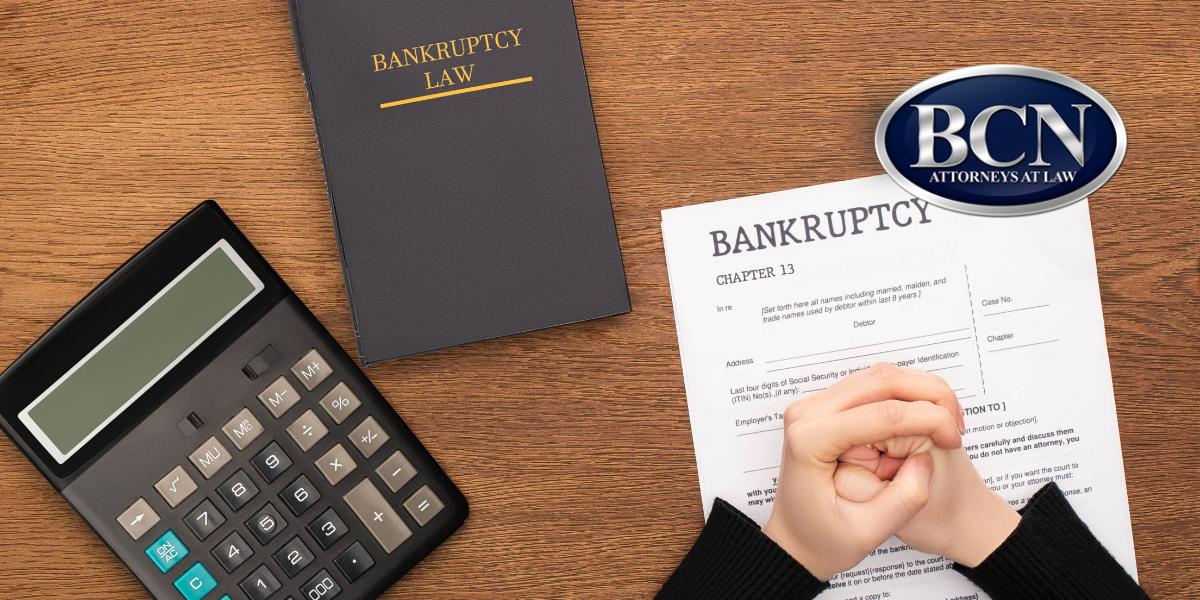Getting Your Life Reorganized After Chapter 11 Bankruptcy
Reorganization bankruptcy, also commonly referred to as Chapter 11 bankruptcy, is a type of bankruptcy specifically used by partnerships, corporations, and individuals to build their reorganization strategy while they’re going through financial struggles. The entities that file Chapter 11 bankruptcy work on restructuring their debts and reorganizing their finances. Unlike Chapter 13 bankruptcy, there isn’t a debt ceiling for this type of bankruptcy, making it a preferred option for many large and small businesses to restructure their open debts.
Key Parts Of A Reorganization Plan
The key part of a Chapter 11 bankruptcy, thus, is the reorganization plan. The company will be treated as a debtor until they draft a restructuring plan and submit it in court. The proposal will be explained and analyzed in court before approval. Even if the plan is approved, some of the creditors may still be expected to be at least partially repaid and some debts are expected to be paid in full. The features required for a Chapter 11 bankruptcy reorganization plan in order for it to be approved include:
- Being drafted by a lawyer or bankruptcy law professional
- A high level of organization that straightforwardly denotes each aspect
- Information regarding each uniquely identified debt and creditor
- Which of the debts can be repaid in full and in part
- The strategy about how the debts are paid, and whether it will be done with the profits that will be obtained or the sales of assets
- Information on who will oversee the organization plan, with execution strategy laid out
- Guidelines for the company to operate during the implementation process
Key Points To Keep In Mind
Entities considering filing Chapter 11 should keep the following scenarios in mind while planning for the future.
- What happens if the plan is violated? A violation of a plan that has been approved can result in a host of legal actions, which applies to both debtor and creditor. An approved plan is legally binding and comes into effect from the time it’s approved by the bankruptcy court.
- When the debtor violates the plan: The associated creditor is allowed to secure a lien of the assets or properties to meet the debt payments if the debts or payments outlined in the plan are not paid by the debtor.
- When the creditor violates the plan: If any creditor attempts to violate the clauses of plan, there are enforceable legal actions. For example, if the creditor tries to collect more than what the reorganization plan entitles him to, then the plan can be held up in a legal dispute. Most legal disputes can be properly negotiated between the debtor and creditor parties.
Contact Us Today
Drafting an effective reorganization plan requires deep knowledge of bankruptcy law. If you need help with drafting a reorganization plan, and to learn more about the necessary processes in filing a Chapter 11 bankruptcy, consult with an experienced bankruptcy attorney from BCN Law Firm. We have built a trusted reputation after helping hundreds of businesses and individual entities successfully file for bankruptcy. Call BCN Law Firm to schedule a free initial consultation today.








